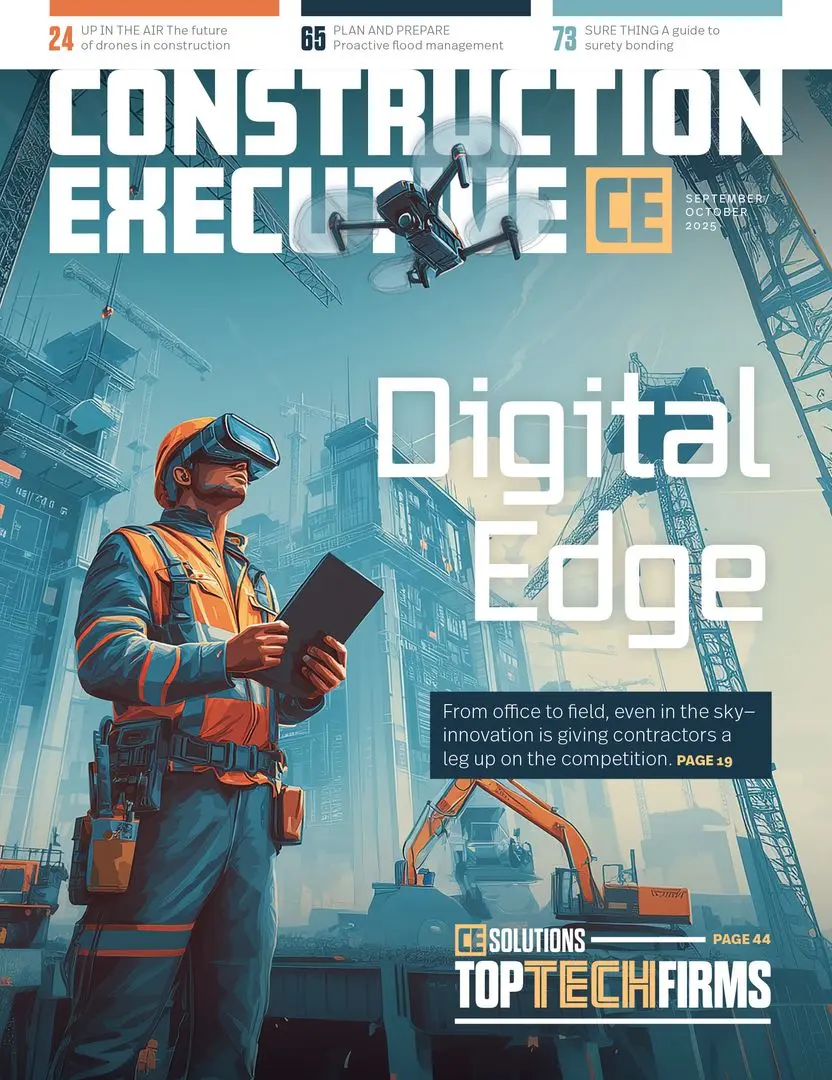In recent years, BIM technology has taken the AEC industry by storm—and no wonder. Compared to traditional paper-based methodologies, BIM offers unprecedented benefits in terms of increasing productivity and reducing costs throughout a project’s lifecycle.
After conducting a survey of 32 BIM-assisted projects, the Center for Integrated Facilities Engineering (CIFE) at Stanford University found that the use of BIM technology resulted in:
- 80% decrease in the time required to generate an expenditure quote;
- up to 40% reduction of unbudgeted project changes;
- savings amounting to up to 10% of the contract value due to timely clash detections;
- time savings of up to 7%; and
- cost estimation accuracy within 3%.
What Is BIM?
BIM is a relatively new technology. That explains why there are still certain lingering misconceptions as to what BIM actually is. Many people in the industry think that BIM is just a piece of software or that it only has to do with 3D design.
While 3D models are certainly at the core of BIM, it goes way beyond that. Far from being a mere software, BIM is a comprehensive process for creating, managing and using the entirety of the data about a specific project. That process culminates in an output referred to as a Building Information Model, which includes the digital parameters for every aspect of the physical project.
Another common misconception about BIM is that it is only useful during the design and pre-construction stage. In reality, BIM can be hugely advantageous throughout the project lifecycle, including post-construction.
The Benefits of BIM Technology in AEC Projects
1. Reduced Costs
BIM technology makes it possible to visualize the entire project before construction has even begun. 3D visualizations and space-use simulations allow both AEC professionals and their clients to explore different alternatives and agree on a common vision early on. That minimizes the likelihood of having to make time-consuming and expensive changes once the construction is underway.
BIM can also be used for model-based cost estimation or 5D BIM. There are tools available to automate the cost estimation process early in the planning stage, helping save both time and expenses. Architects can now calculate future expenses with much greater accuracy. These include anything from the costs of materials and prefabricated or modular elements to labor and shipping costs and beyond.
What’s more, BIM software can help companies optimize their expenses by comparing the cost-effectiveness of different materials, suggesting the best timing to purchase materials at a low market price, and weighing the costs of prefabrication against those of building on-site.
2. Improved Collaboration and Communication
Cloud-based BIM solutions allow team members and other stakeholders to share project models, coordinate planning, exchange insight and collaborate seamlessly in real time. What’s more, cloud-enabled mobile devices make it possible to take the project from the office to the field and review models on-site.
3. Better Clash Detection
It is also possible to detect internal or external clashes before the first shovel hits the ground. Automated clash detection reduces or altogether eliminates the need for future rework, last-minute changes and unforeseen MEP issues.
4. Improved Sequencing and Scheduling
With BIM, design and documentation can be done simultaneously. What’s more, documentation can be changed quickly and easily in response to new information or changed site conditions. That helps save time, eliminate schedule setbacks and increase flexibility.
5. Safer Sites
One of the major benefits of BIM is that it improves construction site safety. The software carries out automated safety evaluations and visual risk analysis. These allow it to identify and alert to potential hazards before they grow into real problems. That helps minimize health and safety risks as well as improves site planning and logistics throughout the project lifecycle.
6. Higher Building Quality
BIM tools and cloud technology allow designers, architects, engineers and builders to collaborate closely through all stages of the project. That allows for much tighter control over design execution and technical decision-making during the construction phase.
3D modeling also makes it possible to flag and address structural deficiencies before the building starts, as well as test and compare alternative construction methods. Later on, during the construction stage, reality capture technology can help improve accuracy and optimize the process even further. All that results in improved building quality.
7. Increased Use of Prefabrication
BIM software can generate databases and production drawings for manufacturing purposes, thereby allowing for the increased use of modular construction technology and prefabrication. The creation of designs in a controlled environment helps reduce waste, boost efficiency and cut back on material and labor costs.
8. Improved Post-Construction Management
It is also possible to store large amounts of data well after the project completion. This comprehensive digital record can be then transferred to existing building maintenance software and used for a variety of renovation and facility management purposes during the entire service life of the building.
9. Higher ROI and Lower Risk
A study by McKinsey found that 75% of businesses that use BIM technology report positive returns on their investment. The respondents in the study also reported significant savings on material costs and paperwork, as well as shorter project lifecycles.
All that should come as no surprise. BIM software ensures a closer collaboration with all relevant stakeholders. That can, in turn, result in lower insurance costs and tender risk premiums. The use of pre-construction visualization allows for more elements to be prefabricated and bolted in place, thereby minimizing the purchase of surplus materials.







